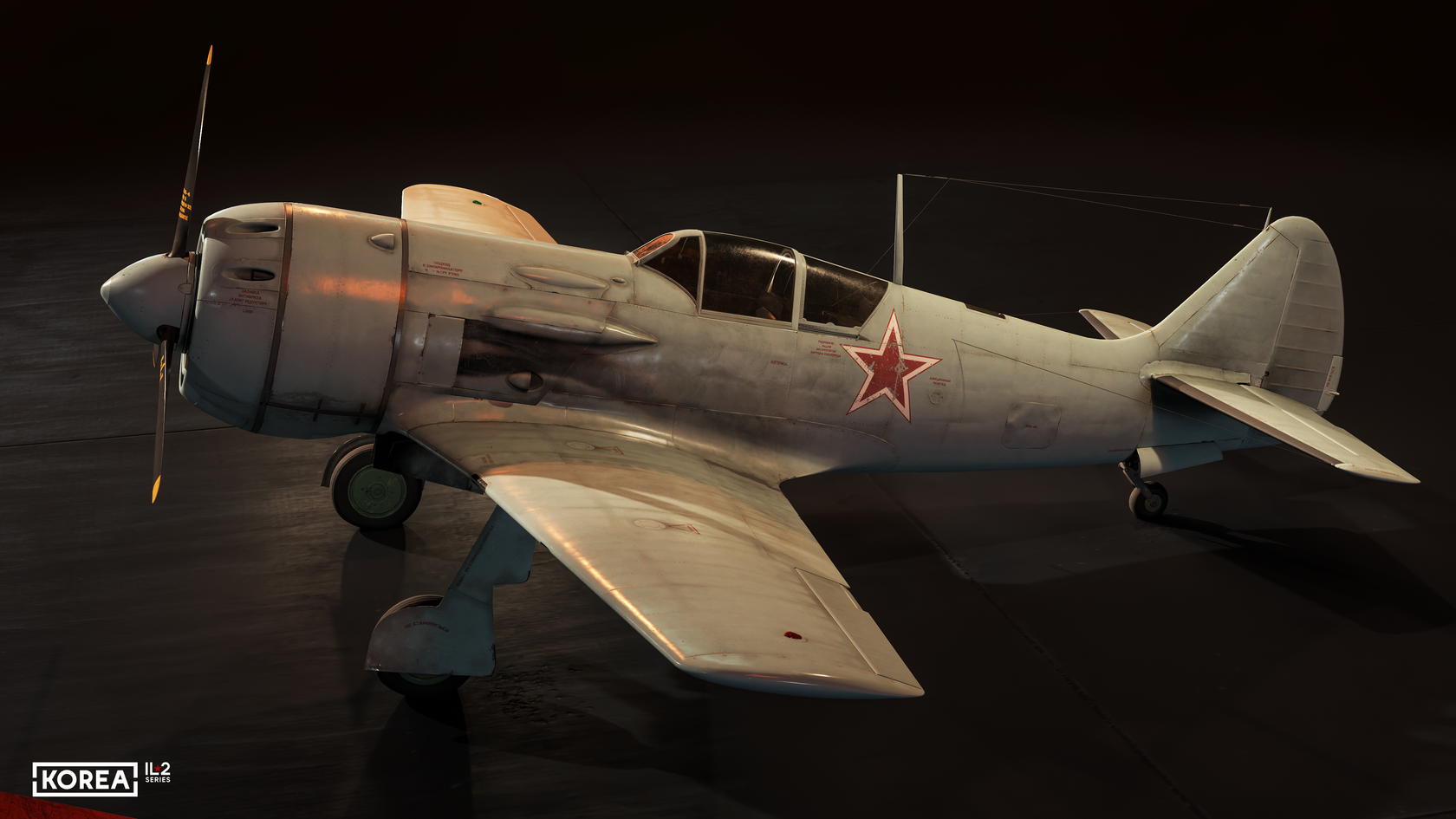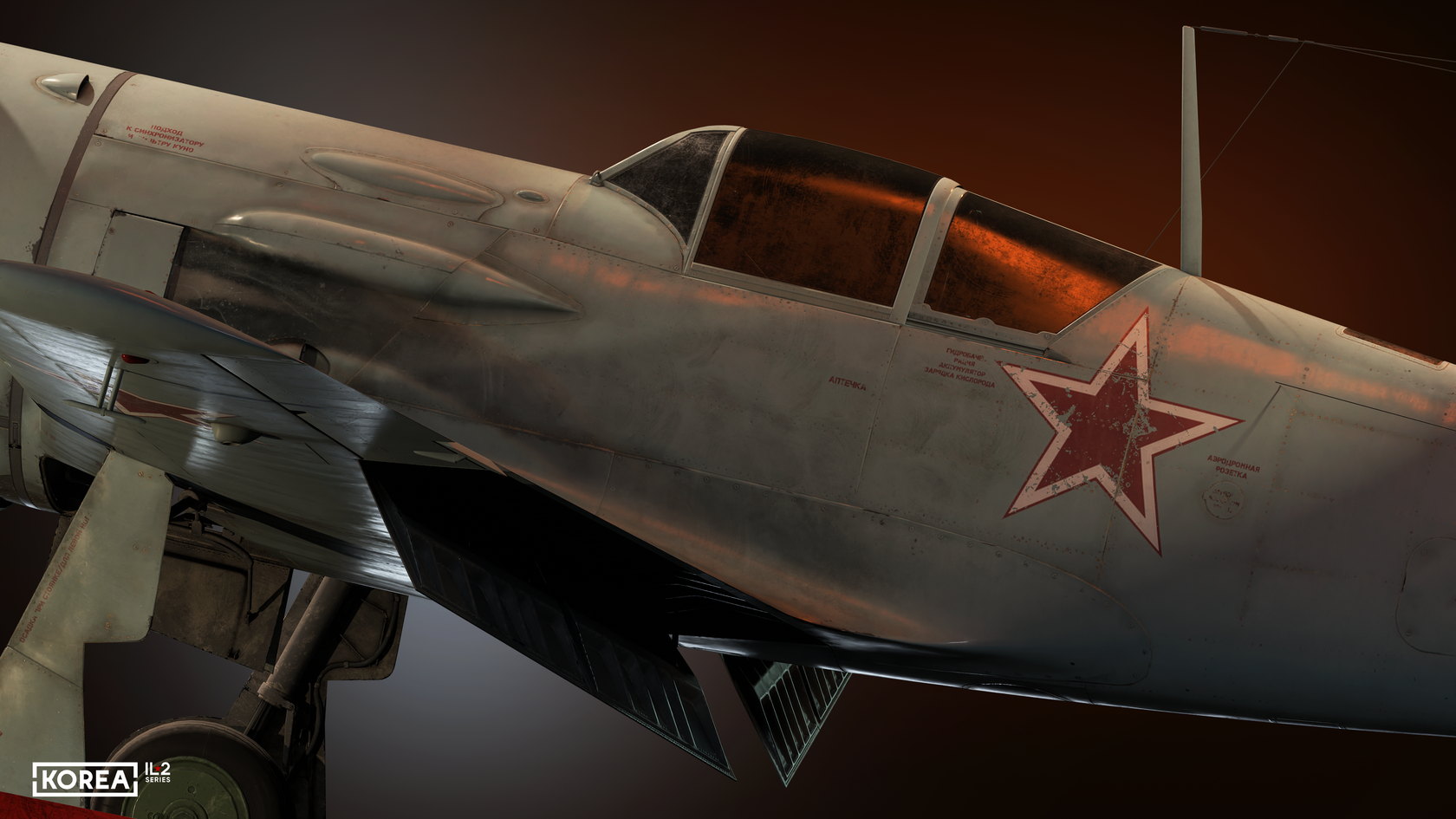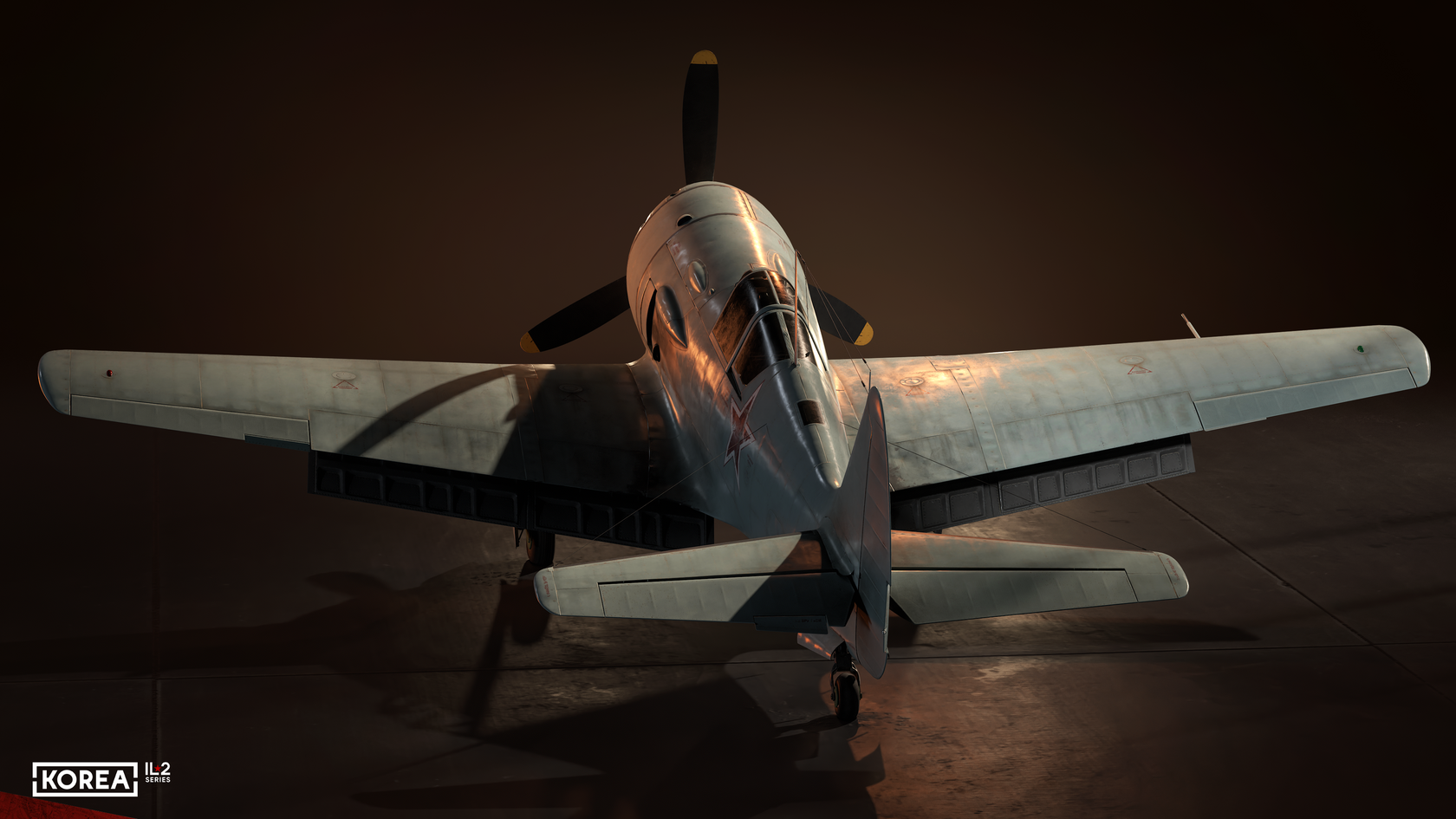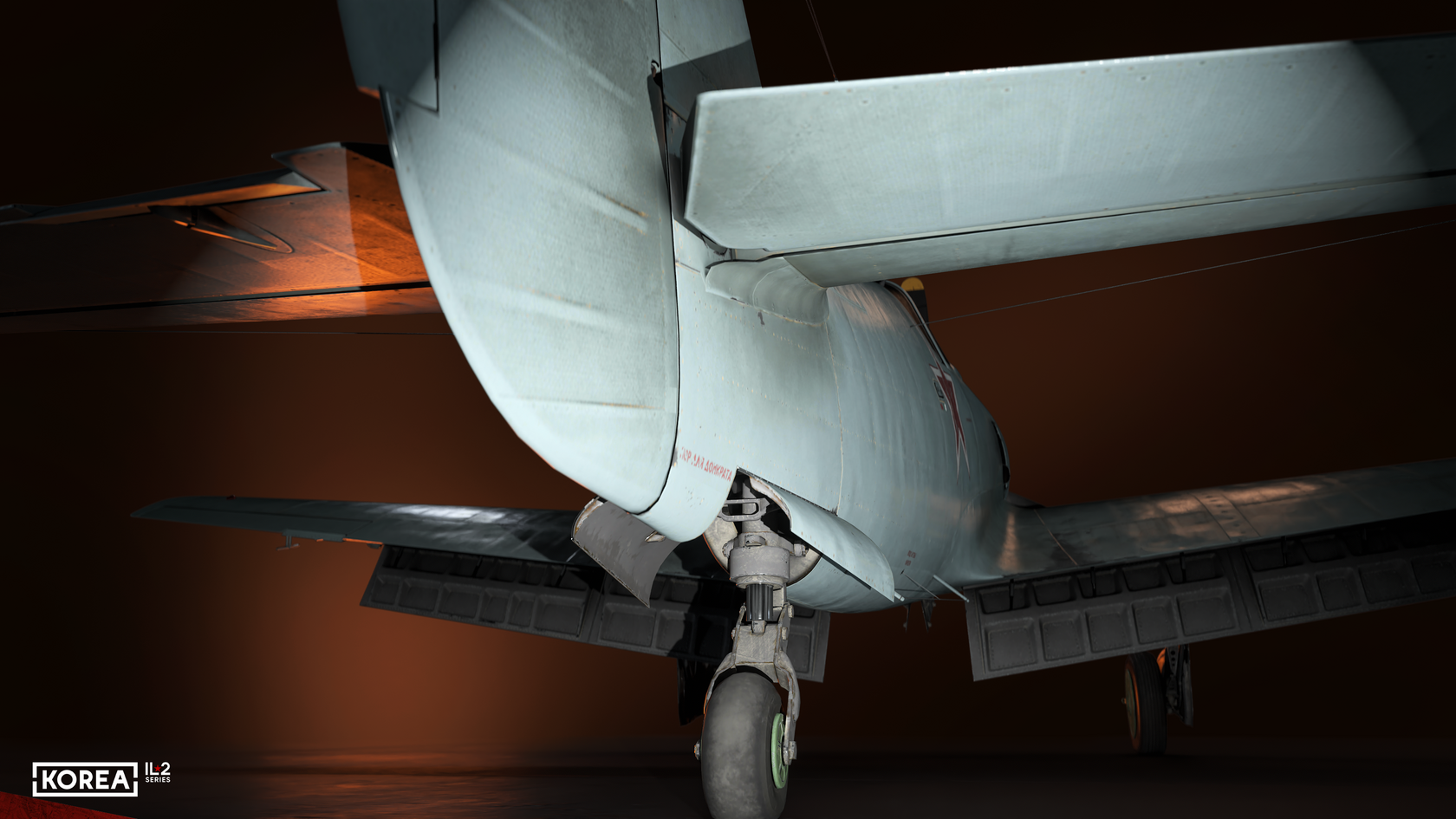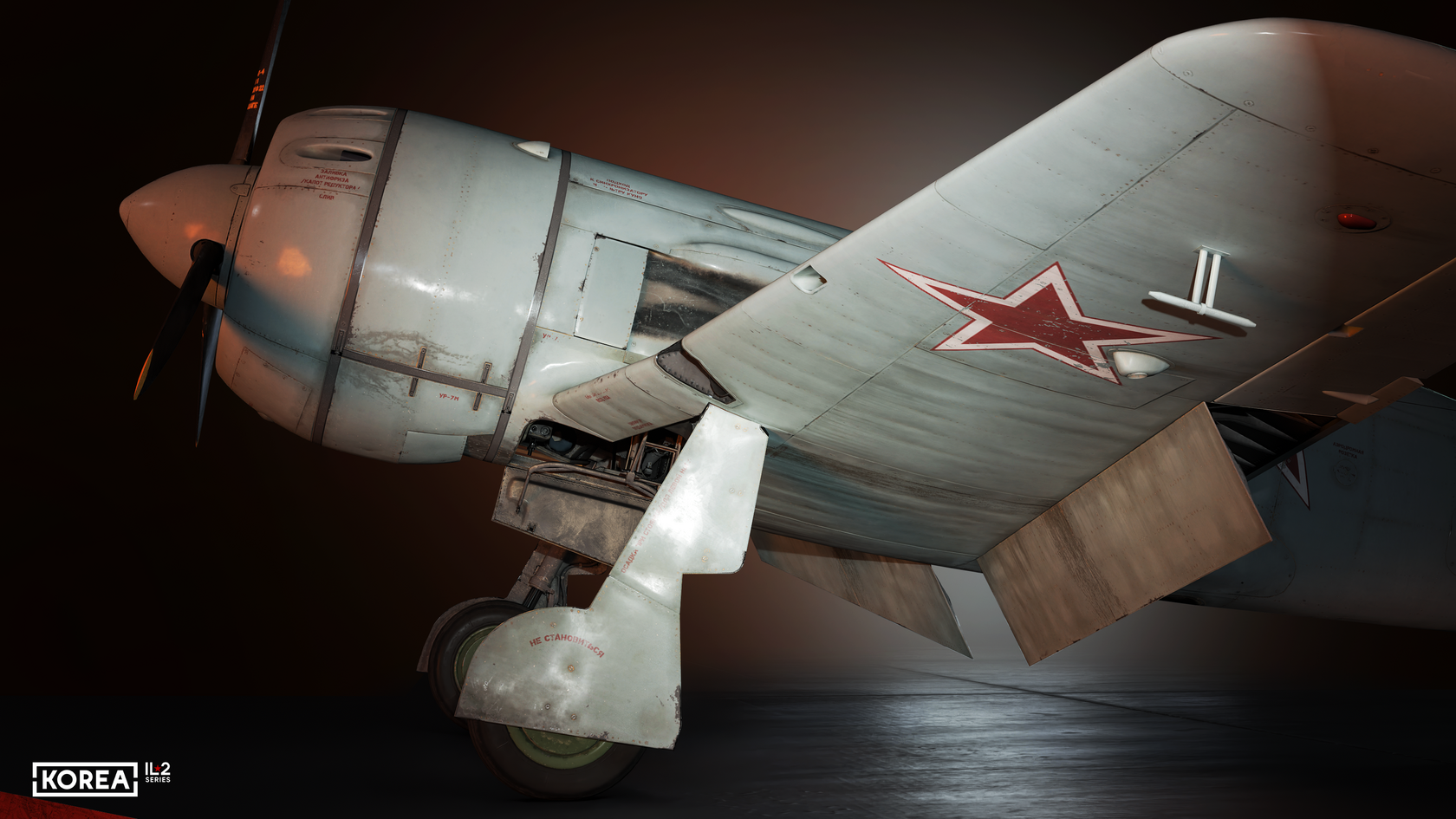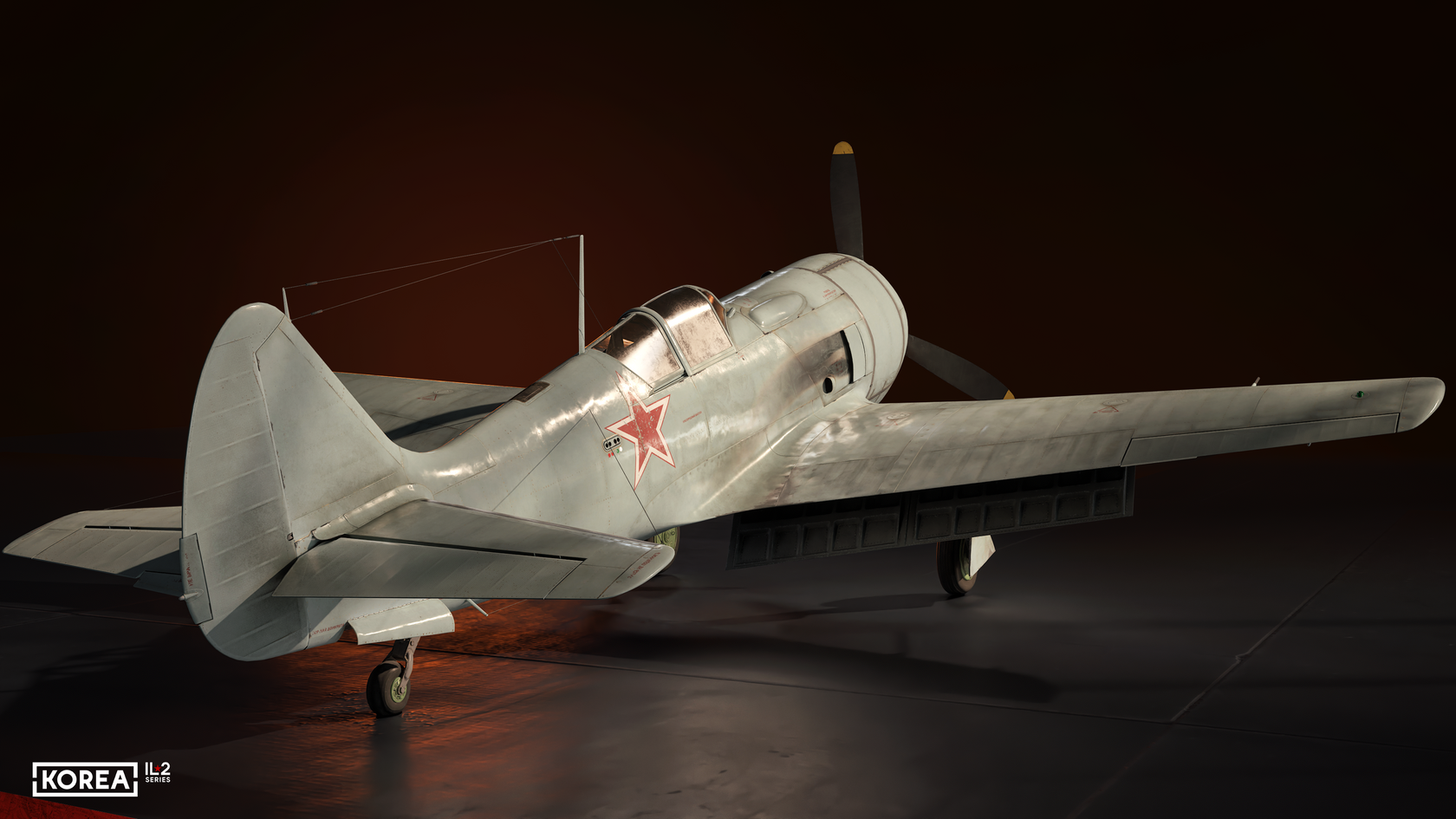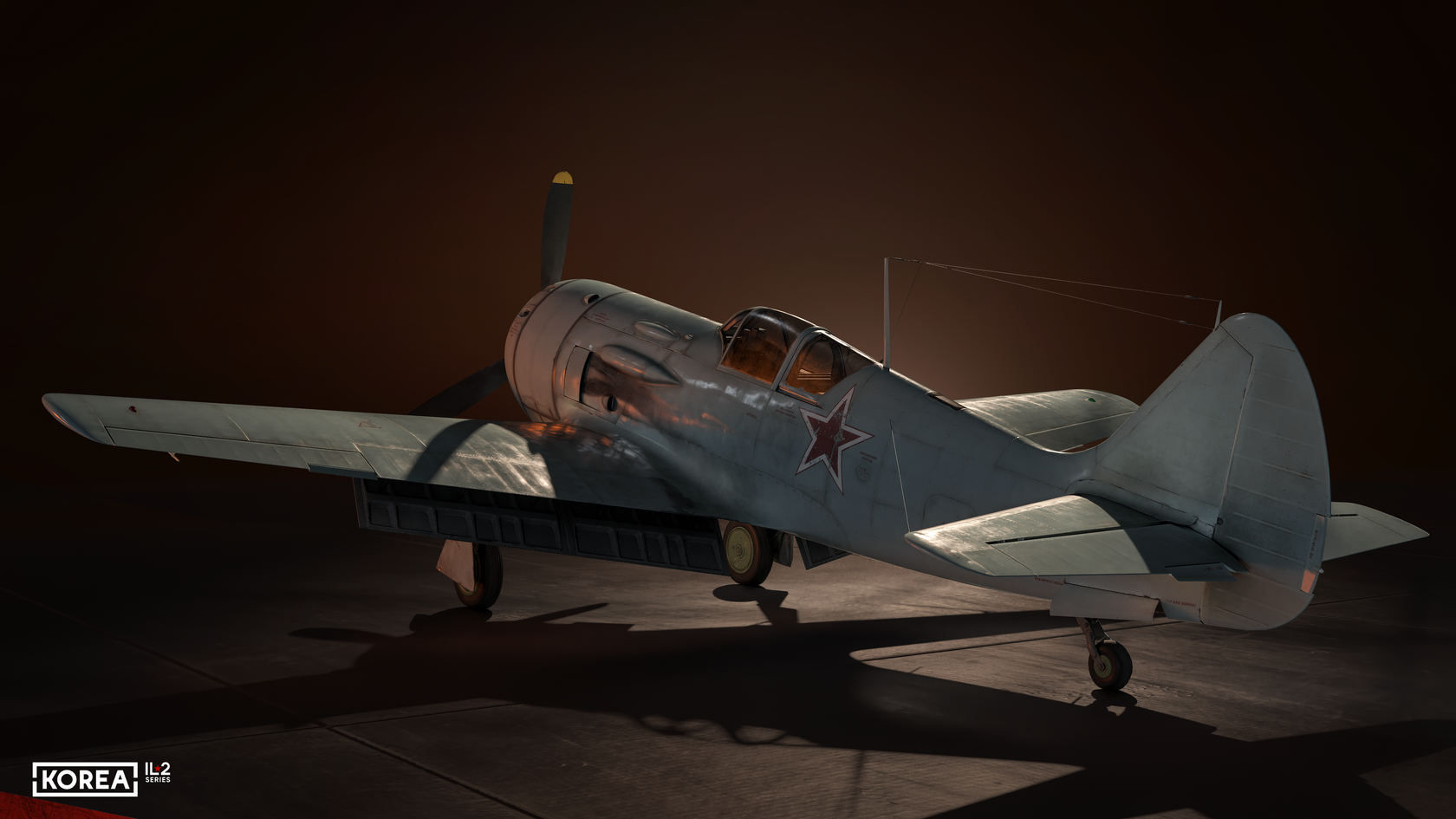Dev Blog #29
Hello comrades!
You've already seen the cockpit of this beauty in the 23rd issue of Developer Diaries, and now it's time to look at it from the outside! This is the La-11, its NATO codename was Fang.
You've already seen the cockpit of this beauty in the 23rd issue of Developer Diaries, and now it's time to look at it from the outside! This is the La-11, its NATO codename was Fang.
La-11 (aircraft 134) was the last piston fighter of the Lavochkin Design Bureau, the top aircraft of this type that came from the famous designer’s drawing board. Its development program began with the task of increasing the range of its predecessor, the La-9, and the aircraft made its maiden flight in May 1947. It should be noted that the La-9, although similar in appearance, was no longer a direct descendant of the 1944 La-7 fighter: unlike the La-7, it was made entirely of metal, although it was equipped with the same 14-cylinder radial twin-row ASh-82FN engine with two- speed compressor and three-blade variable-pitch VISh-105 propeller.
The La-11 entered service with the Soviet Air Force in 1948 after passing state and army tests. Interestingly, it was almost immediately delivered to the PLA Air Force and the Chinese Air Force: thus, in the Korean War, the La-11 served in the units of all three participating countries of the socialist bloc — the USSR, China and North Korea.
If we compare the La-11 with the La-7 fighters of the end of the Second World War, we can notice that the maximum speed did not change much and remained at the level of 560−600 km/h near the ground (without boost). However, the range of the aircraft increased more than 3 times — from about 700 km to 2500 km. The firepower also increased significantly: the 20 mm cannons were replaced by 23 mm synchronized NS-23S cannons with a rate of 600 rounds per minute and 75 rounds per gun. Bomb and rocket armament was no longer installed on the post-war Lavochkin piston fighters.
The wing of the new fighter had a laminar profile, which made it similar to the wing of the American F-51D Mustang. The oil radiator was moved from under the fuselage to the general cowl fairing, which received an additional air intake in the lower part in the shape of a "chin" when viewed from the side. Another similarity to the Mustang that appeared after the war is the use of the tail wheel locking scheme when the control stick is moved backward. Compared to the La-7, the wing not only became all-metal and laminar, but also changed its shape to trapezoidal. The stabilizer also became trapezoidal, but the rudder retained its rounded shape.
The story about the main characters of the Korea project is far from being finished — in future Dev Diaries we’ll show other famous machines.
Please stay tuned! We’ll be in touch!
Please stay tuned! We’ll be in touch!




